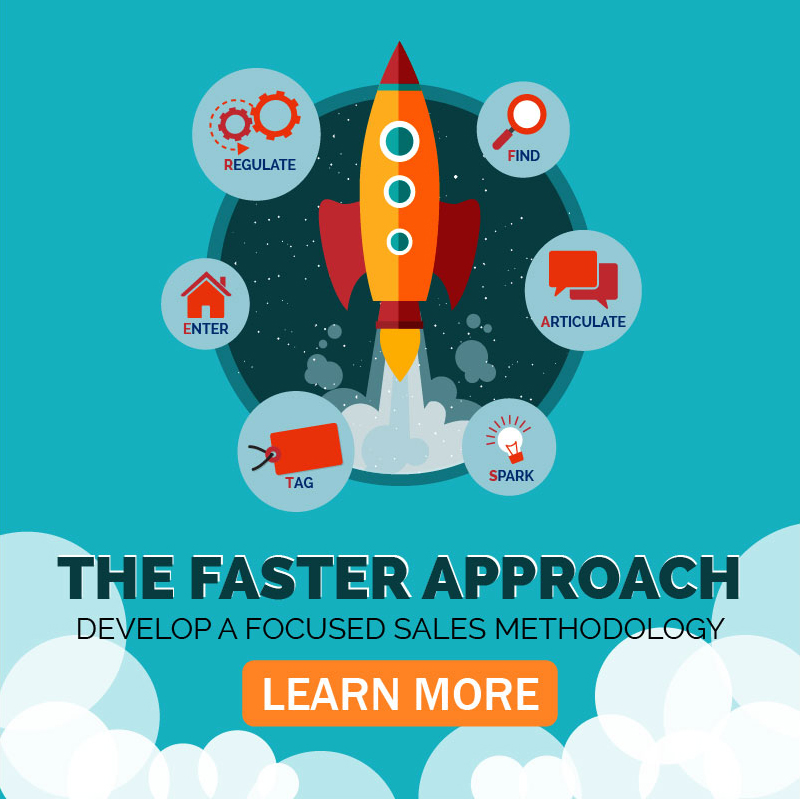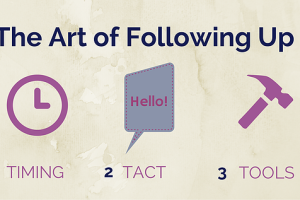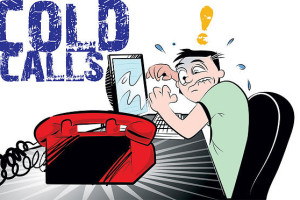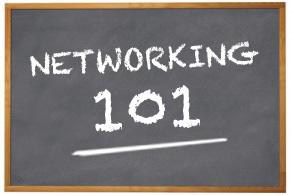It happens every day. We open our email inbox to find six or seven messages clearly generated by some kind of mass email engine rather than a human being – the kind we dubiously agreed to receive when we gave away our email address in exchange for some valuable coupon code or gated piece of content.
Perhaps if we’re feeling industrious, we’ll take the time to scroll to the bottom of one of those emails and unsubscribe from the mailing list. Or perhaps the desire to receive the next “exclusive offer” will compel us to stay subscribed – for now – and simply relegate the unopened email to the Trash folder. Either way, the brand impression isn’t exactly great, is it?
We don’t want to be one of those “soft spammers” filling up our customers’ inboxes with irrelevant messages. But in a world where email is often the best way to reach out to prospects, we can’t exactly afford to be without a solid email marketing strategy. So in this post, we’ll talk about two outdated email strategies that don’t work – and one that still does.
Outdated strategy #1 – The Mass Email
A mass email is one that is sent – or “blasted” – to an entire mailing list without any customization whatsoever. Everyone gets the same message, and everyone has the same call to action.
To be fair, there are still times when a mass email gains a certain amount of traction – such as when it offers an exclusive discount code or newsletter link that contains relevant information that customers would want to receive. But most of the time, the mass email strategy doesn’t work because:
- It lacks individual context. All recipients receive the same message, regardless of whether the content is directly applicable to their particular situation or not. This can lead to alienation for some recipients, who may perceive that they don’t stand to benefit as much from your firm’s efforts as others – or that your firm ascribes certain problems or situational needs to them that they don’t actually share with other recipients on the mailing list.
- It feels impersonal. We prefer communications that are directed to us personally rather than to a relatively undifferentiated group of people. Even when the email otherwise contains information pertinent to our needs, we tend to respond coldly to messages that clearly don’t have a human being on the other end.
- The value proposition is diluted. When we’re aware that many others are receiving the same information, discount, or other piece of content, we tend to discount its value. There’s nothing “special” about it, so we instinctively assume that whatever is being offered comes at little expense to the one sending it – which may be far from the truth.
Outdated strategy #2 – The Form Email
Of course, many of us recognize the shortcomings of the mass email for all of the reasons listed above, and so we try to be a little more clever. We still want to take advantage of the time-saving automation of mass email tools, but instead of simply “blasting” the exact same email to everyone on our list, we create custom content fields designed to make the form email sound like it was addressed personally to the individual receiving it. Perhaps the salutation now includes a name, and maybe there’s a line at the beginning referencing when we last talked with the prospect or some other personalized tidbit of information.
But beyond a few simple tweaks, we’re still basically sending the same email boilerplate message to everyone on our list. While this represents a step in the right direction, it’s still too outdated to be effective. It simply doesn’t go far enough:
- Customers are wise to your tactics. Most of us have learned to recognize a form email from a mile away. And the simple fact is that many of us respond more negatively to a form email than we do to a mass email precisely because of the heavy-handed “trickery” it involves. We’d almost rather be spammed directly than receive a piece of faux spam masquerading as a legitimate handcrafted message.
- There’s no distinct value proposition. Even if you succeed in duping your recipients into believing you composed this message just for them, the fact remains that your message cannot possibly be customized enough to offer peculiar value to the recipient. Sure, it may contain salient information and a solid call to action; but precisely because it needs to suit the needs a relatively diverse array of individuals, it can’t include the kinds of very specific details that might coax an “on the fence” prospect to take the next step in the buyer’s journey. So this sort of “least common denominator” messaging may inadvertently communicate a lack of understanding of our prospect’s needs, or (worse) an inability to recall specific things they may have raised with us the last time we talked.
A better way forward
So what’s the alternative? Unfortunately, most of us won’t like the answer. If we want our customers to take the time to respond our call action, then we need to take the time to compose a thoughtful, truly individualized email. It’s that simple.
In short, we need to be human beings. It works because:
- Time has value. When it’s obvious that the person sending us an email freely composed it with us in mind, we intuitively recognize that the sender invested something in us — time, effort, thoughtfulness. And because we naturally value those things, we tend to be willing to reciprocate with our own time and effort to read and respond to the message.
- We can be very specific. There may be a place for including certain amounts of copy-and-paste boilerplate content in a personalized email, but this approach affords us the ability to contextualize those content assets and situate their value proposition against our prospect’s specifically expressed needs. We can say: The last time we talked, you expressed a concern about the transitional costs of migrating to a new platform. You mentioned that you’re currently using Software X, so I thought you might be interested in reading this attached case study, which describes how we were able to successfully migrate a similar customer using your program in the past.
Being very specific like this enables us to create specific value for our prospects. It also allows us to demonstrate specific expertise and specific competence regarding the things that matter most to our customers.
- It helps us reevaluate our priorities. Personalized emails like this require planning and deliberation, and that means spending scarce resources on efforts we’re not likely to pursue unless the potential return on our effort is worth it. If we set aside an hour each day for emailing prospects, then we’re less likely to waste our time pursuing prospects that are less likely to respond. And if we do choose to pursue a colder prospect, we’re more likely to give more concerted attention to how our solution uniquely addresses their needs — and compose a better, more effective email in the first place.
So yes, we most definitely do still need a solid email marketing strategy. But these days, the first tenet of that strategy also needs to be: “Be human.” Because the more we treat our email marketing efforts like person-to-person communication efforts, the more we’ll elicit human-like responses from our customers.









Speak Your Mind